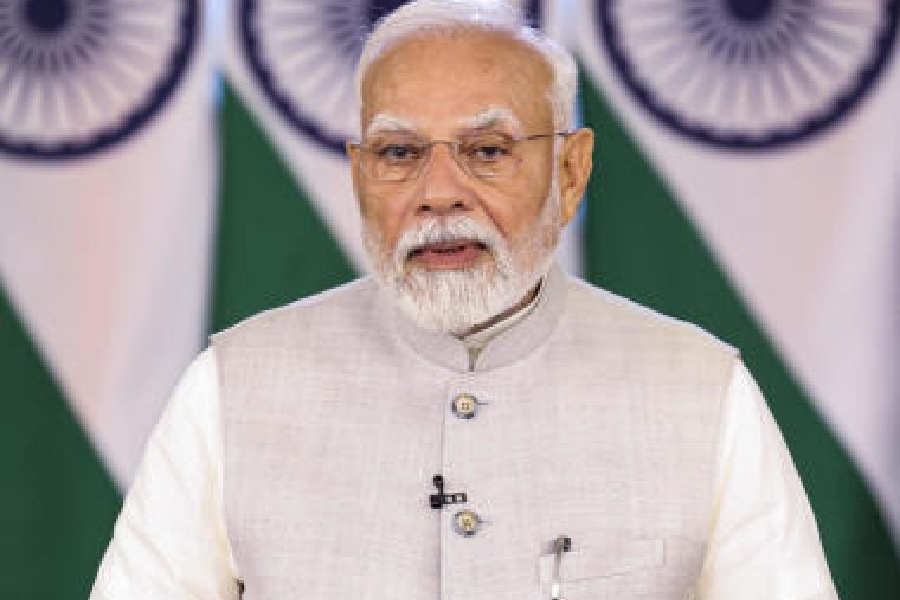There is an ominous tendency that is noticeable in parts of Indian society and polity. There is an increase in autocratic and arbitrary use of power. One immediate fallout of this is an erosion in the autonomy of institutions, especially in civil society. One of the worst victims of this is the university system. Universities are increasingly losing their autonomy as they are told what to teach, what anniversaries to observe and even when to fly the national flag. In this gathering gloom, the institution that has not only preserved but, in fact, upheld its autonomy is the judiciary. It has not buckled under pressure. On the contrary, in many of its judgments, the judiciary has ruled in favour of upholding the independence of both individuals and institutions. For this reason alone, the judiciary, with some justification, is often seen as the bastion of democracy and fundamental rights. A recent example of this is the Bombay High Court's decision on Udta Punjab. In its ruling on the matter, the court shot down all but one cut that the Central Board of Film Certification had suggested. The court also made another important point. It noted that the primary responsibility of the CBFC was not to impose or even suggest cuts but to facilitate the creative process. The CBFC had taken upon itself the role of being a censor and of thus curbing the freedom of film-makers.
The court's role in this matter is welcome since it supports and endorses freedom, which is critical to any creative process. But the very fact that the court is called upon to decide on whether a film needs a cut or does not need a cut or how many frames need to be cut is an indicator of the kind of threats to freedom that currently prevail in India. It is to be applauded that the courts are playing this role, since, in a democracy, one of the crucial functions the judiciary has to perform is the preservation of the rights and freedoms of both individuals and institutions. Members of the judiciary will no doubt be aware that the performance of this role is not without inherent dangers. One such danger lies in the possibility of the courts' stepping out of their own remit and jurisdiction and taking decisions that are best left to the executive and legislature. Such limits are not easy to define in an ambience where power is prone to be abused. The members of the judiciary are best placed to decide on their remit and on the limits of their functioning.











